Beware the tech leaders making grandiose statements about artificial intelligence. They have lost sight of reality, says Philip Ball
By Philip Ball

Beware the tech leaders making grandiose statements about artificial intelligence. They have lost sight of reality, says Philip Ball
By Philip Ball
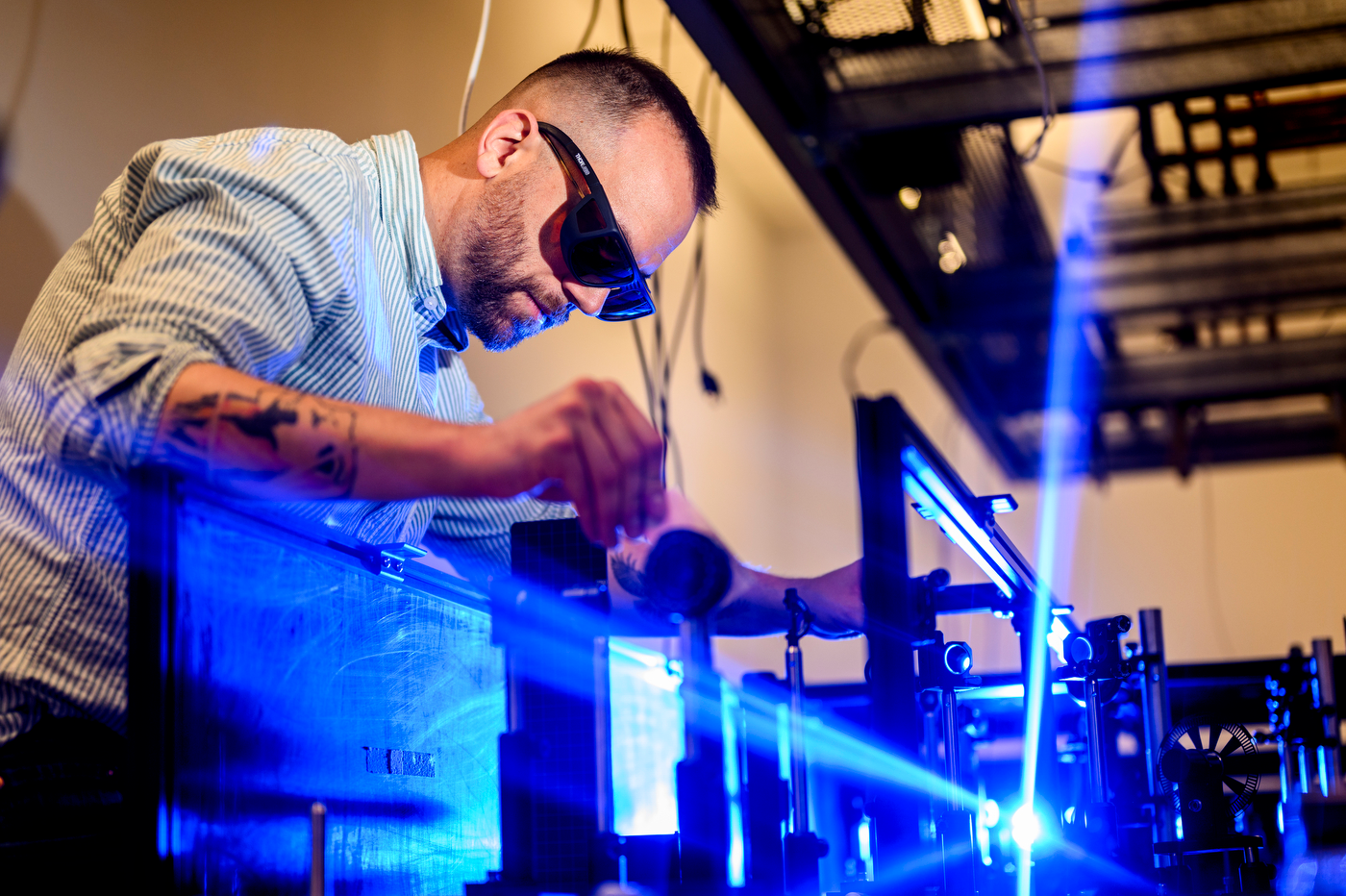
Space Renaissance International (SRI) wants to celebrate the 50th Anniversary of the historical Apollo-Sojuz Rendezvous, occurred the 17 July 1975!
During the cold war age, American astronauts and Russian cosmonauts gave a beautiful example of friendship and collaboration. Space culture demonstrated to be very much higher than terrestrial warmongering attitude! And such a distinctive cultural tract was demonstrated even later, with the MIR space station and then the ISS. Up to our present days, when the need of an higher Peace Culture is more urgent than ever.
Bernard Foing (SRI President), Jerry Stone, Werner Grandl, Marie-Luise Heuser, and others, will celebrate and share their thoughts about this historical Anniversary.
SRI invites All to celebrate with us!
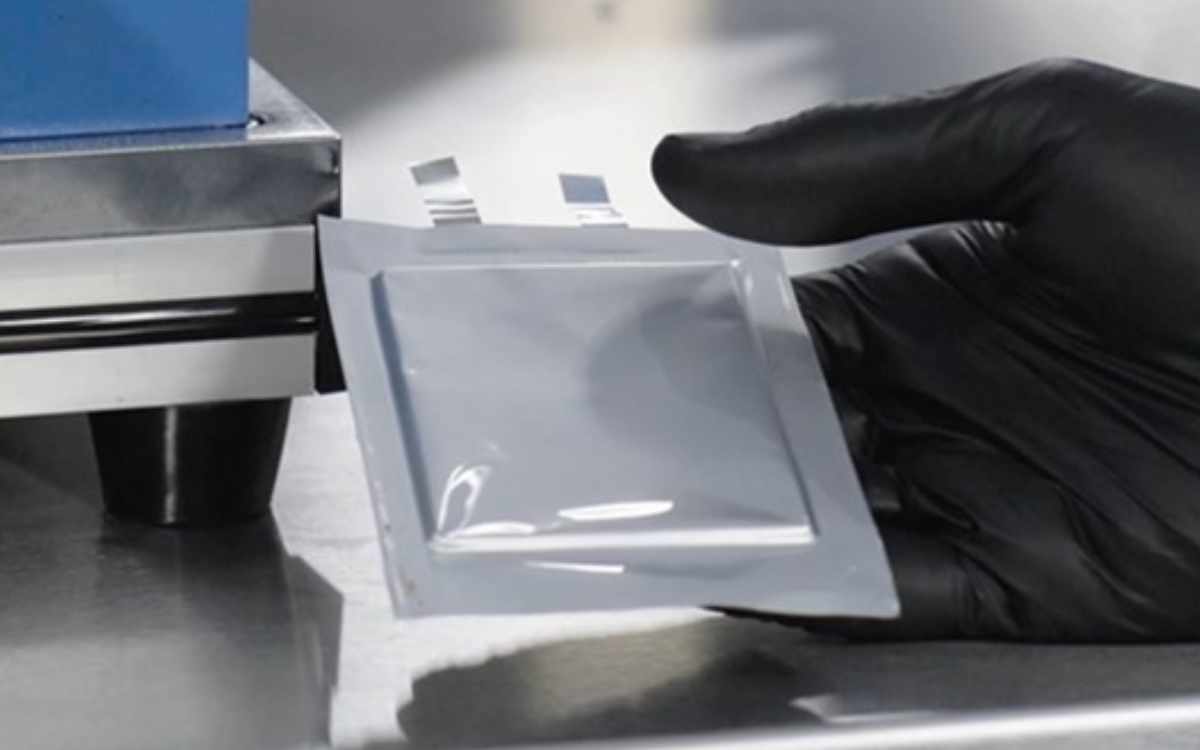
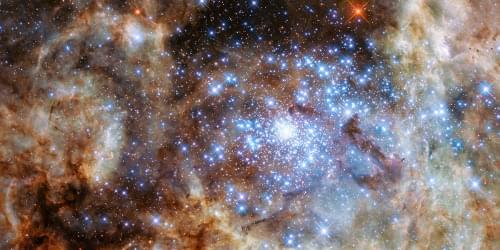
A detailed analysis of a stellar cluster has led to a possible explanation for several fast-moving runaway stars around the cluster.
The “altercation” happened 50,000 years ago: The binary star Mel 34 was ejected from a young star cluster at a speed of 100,000 mph (46 km/s)—the result of a violent interaction that seemed buried in the cosmic past. But a group of astronomy detectives has now reconstructed part of the cluster’s history and identified a five-star smashup as the most likely cause for Mel 34’s high-speed departure [1]. This unlikely collision offers important information about the fate of young, massive stars.
The star cluster R136 is a grouping of around 60,000 stars in the Large Magellanic Cloud, a small galaxy 160,000 light-years from Earth. The cluster is about 2 million years old, which is fairly young as clusters go. “R136 is very special because it’s the youngest and the most massive star cluster in the local group of galaxies,” says Simon Portegies Zwart from Leiden University in the Netherlands. Previous studies of R136 have identified several dozen “runaway” stars that have been kicked out of the cluster. Runaways are common around clusters, but their origins are not always clear. R136 is young, so it’s a good place to study the process that produces runaways, Portegies Zwart says.
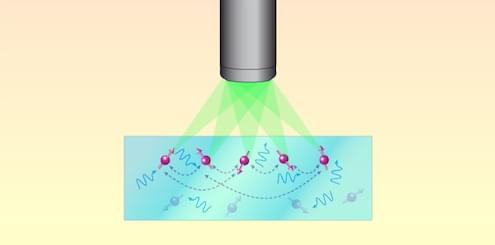
Two independent groups optimize diamond-based quantum sensing by using more than 100 such sensors in parallel.
Diamond has long been prized for its beauty, and it holds the record as the hardest known natural material. By introducing nitrogen atoms into its crystal lattice, it can also be transformed into a remarkable quantum sensor. The associated crystal defects are known as nitrogen-vacancy (NV) centers, and they imbue such sensors with unprecedented electromagnetic-field sensitivity and excellent spatial resolution [1]. However, experimental platforms designed to exploit these sensors have so far had limited applicability because the sensing speed and resolution are difficult to simultaneously optimize. Now two research teams—one led by Shimon Kolkowitz at the University of California, Berkeley, [2] and the other by Nathalie de Leon at Princeton University [3]—have independently developed a way of manipulating and measuring more than 100 NV centers in parallel (Fig. 1).
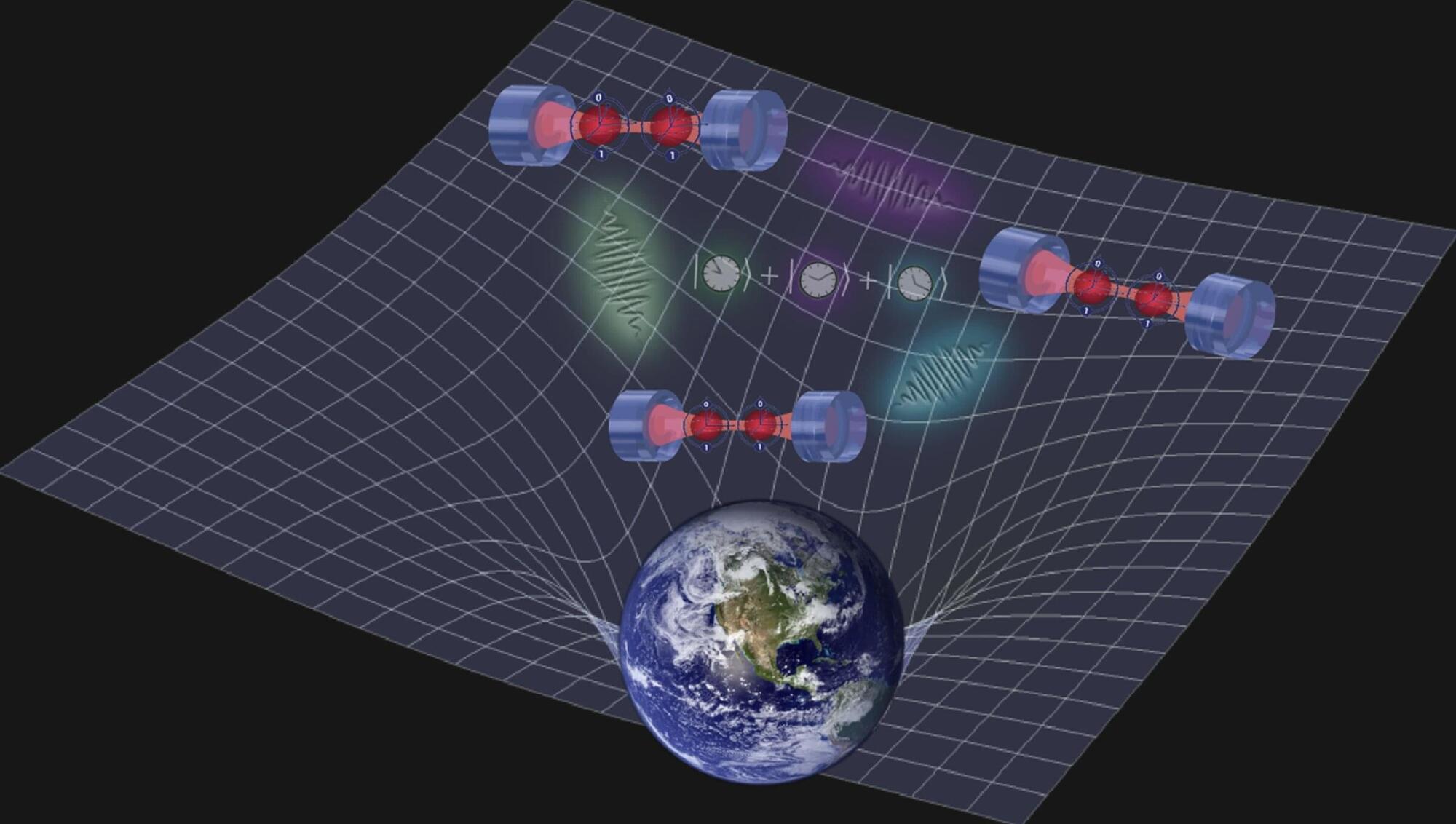
Quantum networking is being rapidly developed world-wide. It is a key quantum technology that will enable a global quantum internet: the ability to deploy secure communication at scale, and to connect quantum computers globally. The race to realize this vision is in full swing, both on Earth and in space.
New research, in collaboration between Igor Pikovski at Stevens Institute of Technology, Jacob Covey at the University of Illinois at Urbana-Champaign and Johannes Borregaard at Harvard University, suggests that quantum networks are more versatile than previously thought.
In the paper titled “Probing Curved Spacetime with a Distributed Atomic Processor Clock”, published in the journal PRX Quantum, the researchers show that this technology can probe how curved space-time affects quantum theory —a first test of this kind.
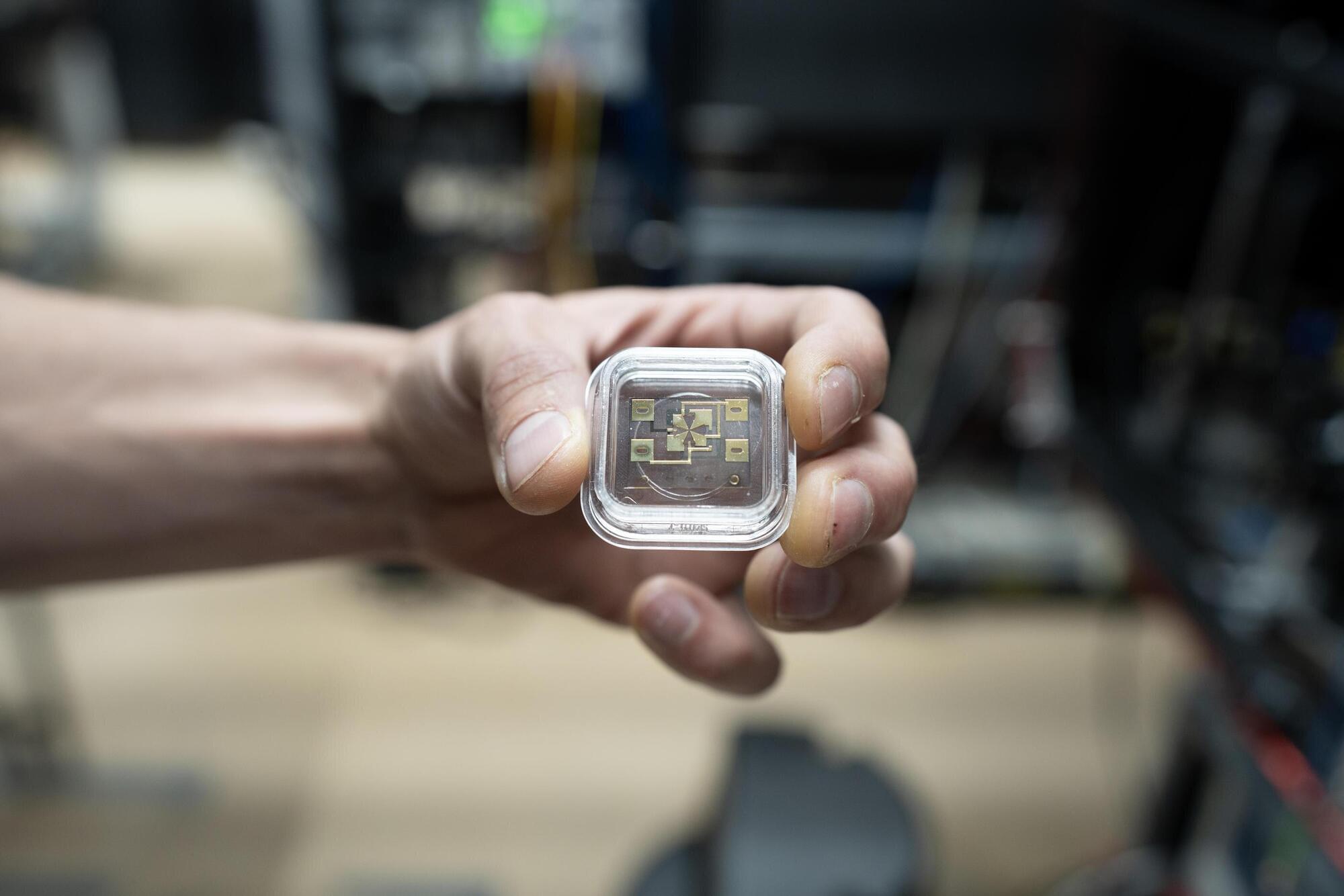
There’s a new record holder for the most accurate clock in the world. Researchers at the National Institute of Standards and Technology (NIST) have improved their atomic clock based on a trapped aluminum ion. Part of the latest wave of optical atomic clocks, it can perform timekeeping with 19 decimal places of accuracy.
Optical clocks are typically evaluated on two levels—accuracy (how close a clock comes to measuring the ideal “true” time, also known as systematic uncertainty) and stability (how efficiently a clock can measure time, related to statistical uncertainty). This new record in accuracy comes out of 20 years of continuous improvement of the aluminum ion clock.
Beyond its world-best accuracy, 41% greater than the previous record, this new clock is also 2.6 times more stable than any other ion clock. Reaching these levels has meant carefully improving every aspect of the clock, from the laser to the trap and the vacuum chamber.
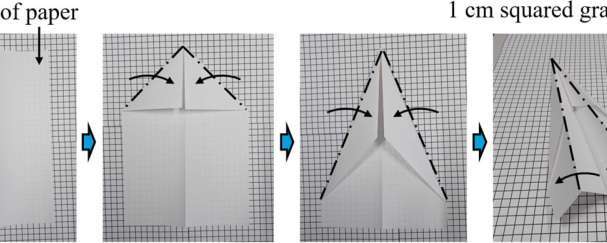
Space junk is a huge problem. The surge in satellite launches in recent years is leaving low Earth orbit (LEO) cluttered with debris such as discarded rocket bodies, broken parts and defunct satellites. Beyond the risk of debris colliding with working satellites that are vital for navigation, communication and weather forecasting, large pieces could come crashing back down to Earth.
Space junk may also be a threat to the environment. Old rockets and satellites burn up when they re-enter the atmosphere, leaving a trail of chemicals behind that could damage the ozone layer. The more we launch, the messier LEO gets, and the bigger the problems become.
Space agencies and private companies are looking at ways to clear up the litter we leave behind, but they’re also exploring how to build more sustainable rockets and satellites, using organic polymers instead of metals. In a new study, published in Acta Astronautica, researchers turned to origami, the ancient Japanese art of paper folding, to find a sustainable alternative.
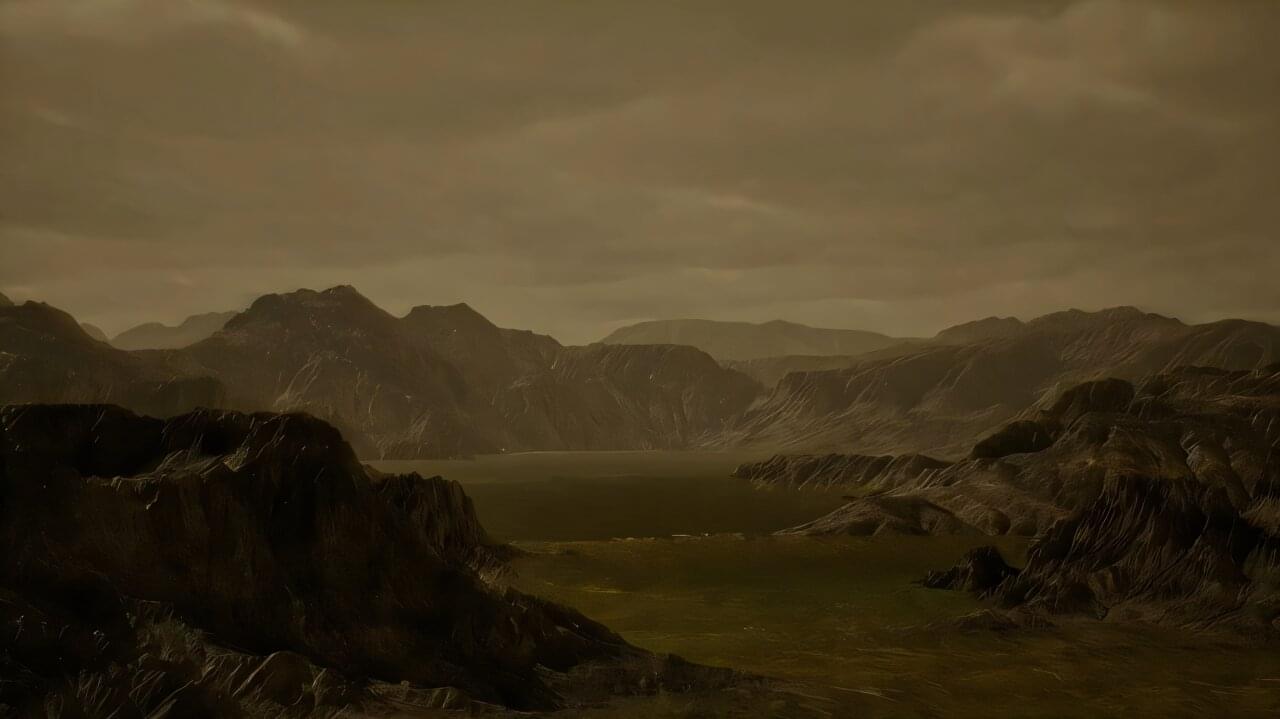
NASA research has shown that cell-like compartments called vesicles could form naturally in the lakes of Saturn’s moon Titan.
Titan is the only world apart from Earth that is known to have liquid on its surface. However, Titan’s lakes and seas are not filled with water. Instead, they contain liquid hydrocarbons like ethane and methane.
On Earth, liquid water is thought to have been essential for the origin of life as we know it. Many astrobiologists have wondered whether Titan’s liquids could also provide an environment for the formation of the molecules required for life—either as we know it or perhaps as we don’t know it—to take hold there.